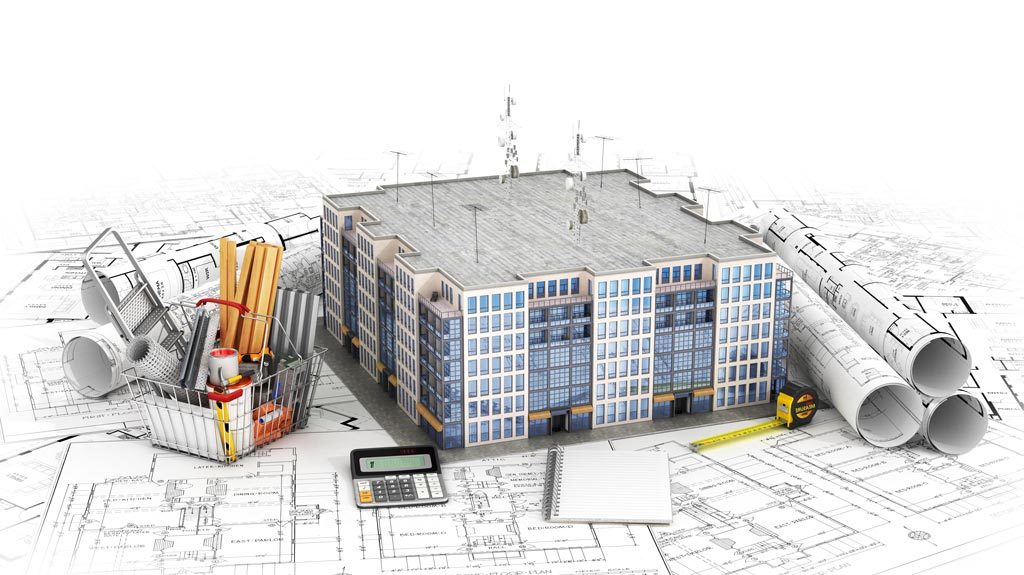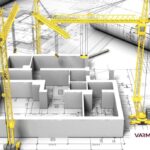In the world of construction, technological advancements have revolutionized the way projects are planned, executed, and managed. One such innovation that has gained significant attention is 5D Building Information Modeling (BIM) simulation. This advanced software technology combines 3D modeling with cost and scheduling information, providing construction professionals with an invaluable tool for enhanced planning and execution. In this blog post, we will delve into the role of 5D simulation in construction and explore how it improves project outcomes.
Understanding 5D BIM Simulation
Before we explore its role, let’s first grasp the concept of 5D BIM simulation. Traditional 3D BIM models offer a comprehensive visual representation of a construction project, including architectural and structural details. However, 5D BIM takes it a step further by integrating time and cost parameters into the model. This added dimension enables project stakeholders to visualize the construction process, track progress, anticipate clashes, and analyze the financial impact at each stage.
Improved Project Planning
The inclusion of time and cost information in 5D BIM simulation enables construction teams to enhance project planning significantly. By creating a detailed construction schedule and associating it with the 3D model, project managers can visualize the sequence of activities, identify critical paths, and optimize resource allocation. This level of foresight helps prevent delays and promotes efficient project execution.
Accurate Cost Estimation
Cost overruns are a common challenge in construction projects. However, with 5D BIM simulation, project teams can accurately estimate costs right from the planning stage. By associating cost data with each component of the 3D model, the software can generate real-time cost updates as changes are made to the design or schedule. This allows stakeholders to make informed decisions and mitigate budgetary risks before they become problematic.
Clash Detection and Conflict Resolution
Construction projects often involve multiple disciplines and complex systems. Clash detection, traditionally performed manually, is a time-consuming process that can lead to errors and rework. With 5D BIM simulation, clashes between different building elements can be identified virtually before construction begins. This early detection enables project teams to resolve conflicts efficiently, reducing costly delays and rework during the actual construction phase.
Enhanced Communication and Collaboration
Effective communication and collaboration among project stakeholders are crucial for successful project execution. 5D BIM simulation facilitates this by providing a common platform where architects, engineers, contractors, and clients can access and review the project model. This collaborative environment fosters better decision-making, reduces misunderstandings, and improves overall project coordination.
Visualizing Project Progress
Visualizing project progress is vital for construction teams to monitor and evaluate their work. With 5D BIM simulation, project managers can compare the actual progress with the planned schedule, identify potential bottlenecks, and take corrective actions promptly. This real-time visualization enhances project control and enables stakeholders to track project milestones effectively.
Benefits for Facility Management
The advantages of 5D BIM simulation extend beyond the construction phase. Once the project is completed, the comprehensive model created during the planning stage can be handed over to facility managers for effective facility management. The model acts as a valuable reference, providing insights into the building’s systems, components, and maintenance requirements, ensuring optimal operation throughout its lifecycle.
Conclusion
5D BIM simulation has emerged as a game-changer in the construction industry, transforming the way projects are planned, executed, and managed. By integrating time and cost parameters into a 3D model, this technology empowers construction professionals to enhance project planning, accurately estimate costs, detect clashes, improve communication, and monitor project progress effectively. As the construction industry continues to embrace digital transformation, 5D simulation is becoming an indispensable tool for construction companies striving for improved efficiency and project success.


